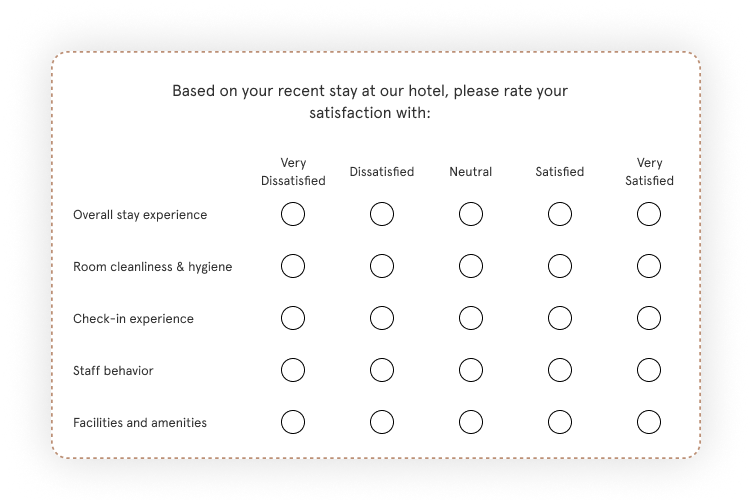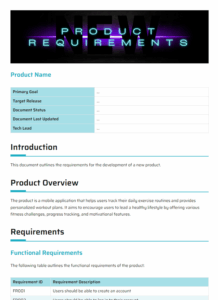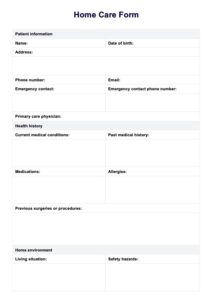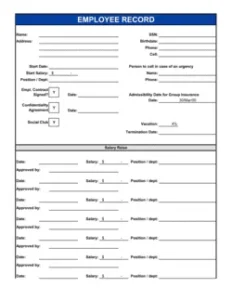In today’s fast-paced digital world, the IT department is often the backbone of any successful operation. From troubleshooting daily glitches to implementing critical new systems, their performance directly impacts overall productivity and employee morale. But how do you truly know if your IT services are hitting the mark or falling short? The answer lies in listening to your users, and that’s where a well-crafted IT customer satisfaction survey template becomes an invaluable tool.

Gathering feedback isn’t just about identifying problems; it’s about understanding what works well, where improvements can be made, and ultimately, demonstrating the IT team’s commitment to providing excellent service. Regular feedback loops foster a culture of continuous improvement, ensuring that your IT support evolves with the needs of its users. It helps to quantify the value IT brings and highlights areas where training or resource allocation might be needed most.
Crafting Your Ideal IT Customer Satisfaction Survey Template
Designing an effective survey that elicits meaningful responses requires careful thought. It’s not just about asking questions; it’s about asking the *right* questions in a clear, concise manner that encourages participation. Your survey should be easy to understand, quick to complete, and cover all relevant aspects of your IT service delivery. Think about the entire user journey, from initial contact to issue resolution, and even post-resolution follow-up.
A good template should be comprehensive enough to provide actionable insights but not so long that it causes survey fatigue. Balance quantitative rating scales with opportunities for qualitative feedback. This combination allows you to identify trends and patterns while also capturing the nuances of individual experiences. For instance, a simple “rate your satisfaction on a scale of 1-5” is useful, but pairing it with “Please tell us why you chose that rating” unlocks richer data.
Essential Sections to Include in Your Template
- Overall Satisfaction: Begin with a broad question about their general happiness with IT services. This sets the tone and gives an immediate snapshot.
- Service Quality Metrics: Dive into specific aspects like responsiveness, technical expertise of the staff, clarity of communication, and efficiency of problem resolution.
- Communication Effectiveness: How well did the IT team communicate updates, timelines, and solutions? Was the language clear and jargon-free?
- Tools and Resources: Gather feedback on the effectiveness of self-service portals, knowledge bases, or other IT tools provided.
- Timeliness of Service: Was their issue resolved within an acceptable timeframe? Were expectations managed properly?
- Open-Ended Feedback: Always include a section for comments or suggestions. This is where users can provide specific examples or ideas you might not have considered.
Remember that the goal is to make it simple for users to provide feedback. Using a clear and logical flow, avoiding technical jargon, and making questions optional where appropriate can significantly increase response rates. Anonymity is also key; assure users that their responses will be kept confidential to encourage honest and candid feedback.
Beyond the Template: Maximizing Your Survey’s Impact
Having a fantastic it customer satisfaction survey template is just the first step. The real value comes from how you distribute it, encourage participation, and most importantly, what you do with the data collected. A survey left unanalyzed is a missed opportunity. Your efforts should extend beyond mere collection to active listening and strategic improvement.
Consider the best timing for your survey. For instance, sending a short feedback request immediately after a service ticket is closed can yield specific, in-the-moment insights. Alternatively, a broader, periodic survey can provide a holistic view of overall IT performance over time. Mix and match these approaches to get both granular and macro-level feedback. Promote the survey through various internal channels, like email newsletters, intranet announcements, or even a quick mention in team meetings, to maximize visibility.
Once responses start rolling in, dedicate time to thoroughly analyze the data. Look for trends, recurring issues, and areas of consistent high satisfaction. Are there specific IT services that consistently receive low scores? Are particular support agents being praised frequently? Use this information to pinpoint weaknesses that need addressing and strengths that can be leveraged. Tools that offer data visualization can be incredibly helpful here, turning raw numbers into easily digestible charts and graphs.
Finally, and crucially, act on the feedback. Develop action plans based on your findings, communicate these plans back to your users, and follow through with improvements. Closing the feedback loop is vital; it shows your users that their opinions matter and that their input directly contributes to better IT services. This commitment to improvement builds trust and encourages even more participation in future surveys, creating a virtuous cycle of positive change.
In the evolving landscape of technology, understanding and adapting to user needs is paramount for any IT department. By consistently measuring satisfaction, you not only improve your services but also solidify the IT team’s reputation as a valuable and responsive partner within the organization. This proactive approach ensures that IT remains aligned with business objectives and user expectations, fostering a more productive and harmonious work environment for everyone.
Ultimately, a systematic approach to gathering and acting on user feedback transforms your IT department from a reactive support unit into a strategic enabler of business success. It’s an ongoing journey of refinement and responsiveness, where continuous improvement is driven by the very people you serve.



